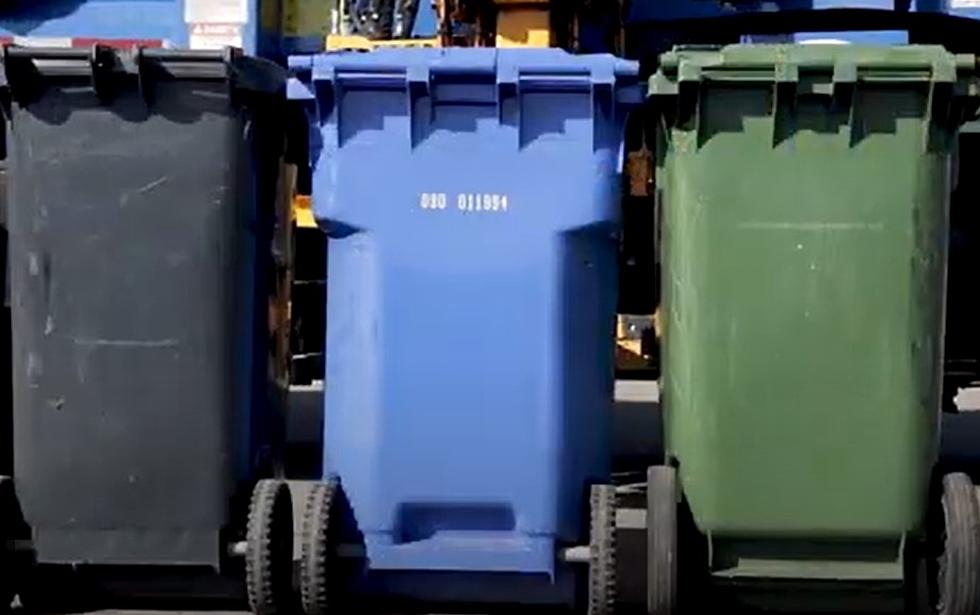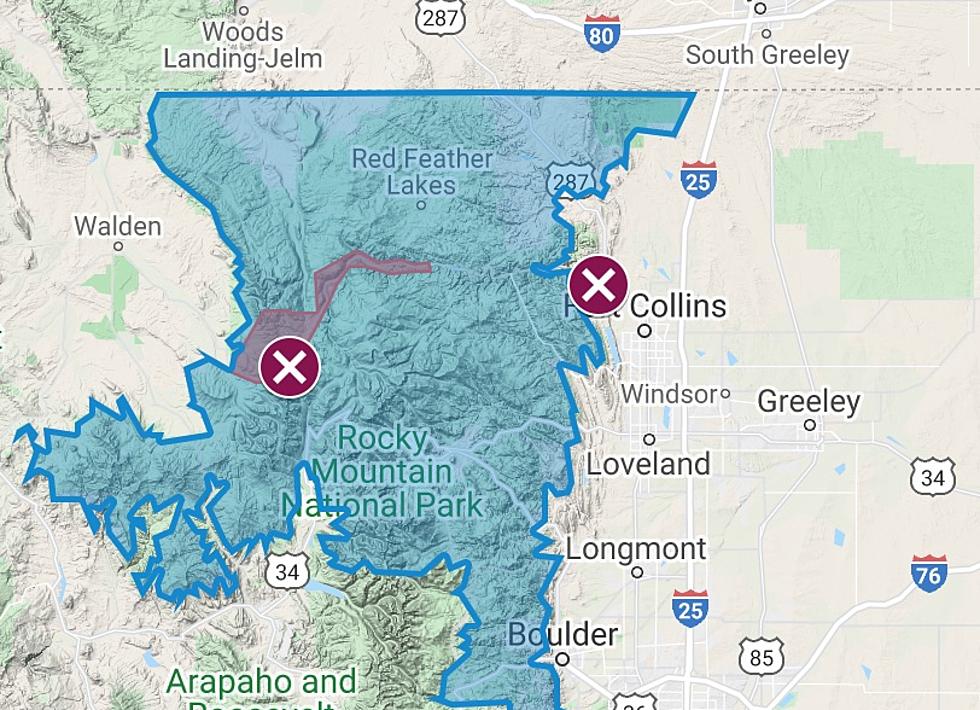![Letter From City of Loveland To Residents on the Big Thompson Flood [VIDEO]](http://townsquare.media/site/48/files/2013/09/FloodCityofLoveland.jpg?w=980&q=75)
Letter From City of Loveland To Residents on the Big Thompson Flood [VIDEO]
The Big Thompson River has left vast portions of of Loveland flooded and present new hazards as City crews work to assess damage, reopen closed roadways, keep utility services intact and assist residents affected by the flooding. The city of Loveland released this information late last night:
The 2- to 3-foot drop in the water level means that more debris is contained in the river that still flows swiftly through the city and spreads out across the 100-year flood zone, an area defined by Federal Emergency Management Agency maps, that remains under mandatory evacuation. The flood debris has clogged channels under bridges, and flood waters have strewn hazardous material from upstream, including propane tanks, across the flood zone.
Loveland Police continue to man barricades on roads crossing the Big Thompson, and Public Works staff are working to open one or two additional north-south streets that would help reconnect the severed halves of the city.
ROADS
Wilson Avenue remains the only Thompson crossing in the city. Boise or Taft avenues could be reopened within the next day, but each will require additional debris removal work and signal repairs to carry traffic. The reopening of Lincoln Avenue (U.S. Highway 287) will require a significantly greater drop in the water level, and may be days away.
A helicopter survey of the Big Thompson from Interstate 25 across Loveland and up Big Thompson Canyon to Drake and Estes Park demonstrates the magnitude of the flooding from the river that likely will remain above flood stage until at least Sunday.
This video was shot during a tour by City staff:
The video shows the extent of the flood waters that have spread across south-central Loveland and the dozens of instances where U.S. Highway 34 has collapsed in Big Thompson Canyon. There was also a 2nd video:
Within the next day, City officials will schedule a meeting of flood-affected residents at which they can learn about available services and access resources to aid their recovery.
WATER & POWER
Water and power outages that affected some residents, notably households and businesses in the Derby Hill neighborhood, were mostly resolved by late Friday.
The city’s water supply remains in good shape, with the Green Glade Reservoir operating at full capacity to deliver potable water to residents and businesses.
The U.S. Bureau of Reclamation has cut back flows from Olympus Dam in Estes Park to just over 2,000 cubic feet per second, less than half the flow that was necessary during the early hours of Friday when the Big Thompson River reached its peak flow estimated at more than 9,000 cubic feet per second.
Residents should avoid fast, high and standing water not only in the river corridor, but along numerous ditches that run through the city, some of which have been breached by flood waters. The flooded river has also brought debris from upstream, including hazardous materials including propane tanks and other items that threaten public safety.
Water utility workers have tested the water quality from the city’s treatment plant at Green Glade Reservoir, that lies above the flooded area, and it is safe to consume. The treatment plant is operating on backup power provided by diesel-fueled generators, but is in no jeopardy of interrupting service.
The City’s waste-water treatment plant processed 20 million gallons between Thursday and mid-Friday, more than three times the systems usual capacity, but its performance was sufficient throughout the period.
Power outages are rare and widely scattered. Severe flooding led to limited outages in the vicinity of St. Louis Avenue and Colorado Highway 402, and in Big Thompson Canyon.
The City of Loveland's info line is (970) 962-2020.
More From Retro 102.5









